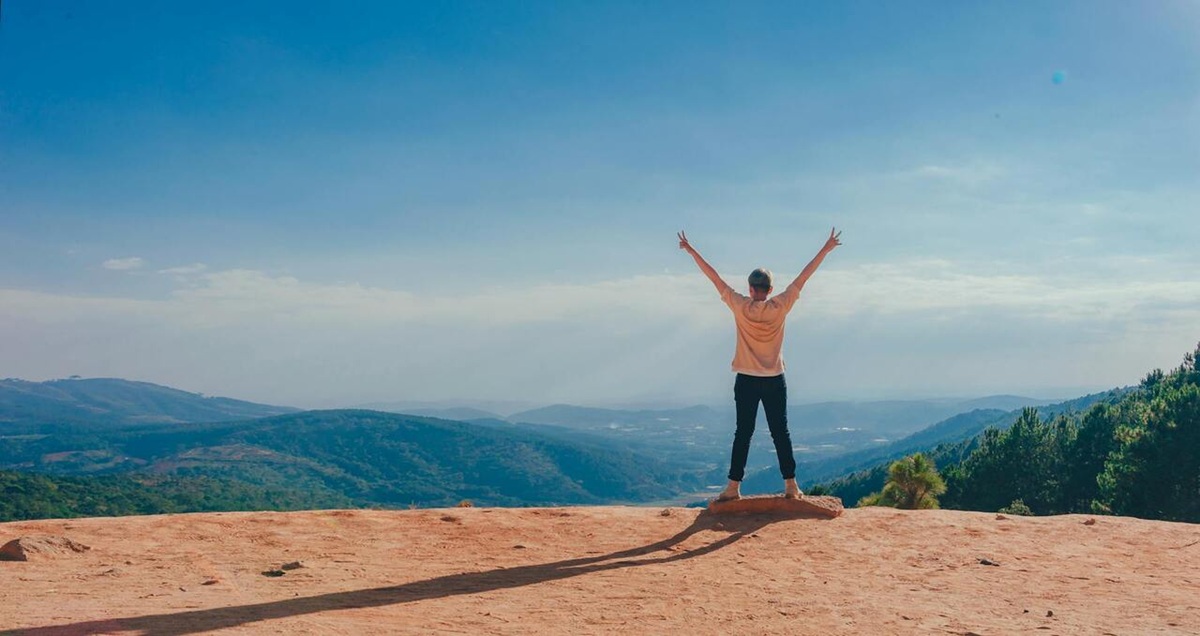
Modern travel is actually quite anxiety-inducing for many of us. The beginning stages are with planning, making itineraries, asking Redditors for feedback on said itineraries… We can worry too much about not getting the most out of our trip. So, we think, getting the most = seeing the most.
In truth, we don’t see a lot when we are rushing around. We may have traveled a long distance in terms of numbers – perhaps we took the London Underground five times in one day and saw four museums and two pubs – but how much did we see? How much will we remember?
The worst, perhaps, is spending lots of time in the car driving, looking for gas stations and checking the map, then the mirrors, then the map again. What if we ditched all that and just started to slow travel everywhere on foot? Would we see more, or less?
Slow Travel on Foot
Lessons from Pilgrims
The Camino de Santiago is an ancient pilgrimage route that leads all the way to Santiago de Compostela in Spain. It was a journey that many underwent centuries ago, and it’s still popular today.
Back then, there was no other option than to walk. This is how new knowledge was carried to different places, where stories were shared, and different ideas and cultures met. The experience today isn’t all that different, in part because the culture of walking has been kept alive.
The Modern Pilgrim
We’re not all pilgrims. We all enjoy our technology and comforts, and some even work on their laptops along the way. In fact, the walking ethos is perfect for this new generation of digital nomads, who otherwise spend all day in front of a screen.
Unbound from the physical office, they are discovering the radical freedom of a life on foot. It works because laptops are ever lighter, and 5G connection can be found at the very summit of a Norwegian mountain.
Practical Tips for Traveling on Foot
The key to walking on foot is in balancing the logistics. You want to ensure there are paths to walk on (e.g., avoid walking on a highway), but equally, not so remote that you get stuck without accommodation. If you go totally rogue, you could bring a tent, but this introduces a much larger baggage situation. Instead, it’s best to walk between villages and towns that aren’t too far apart, where you know options will exist once you arrive. Here, you will see many different small communities, most of which you have never heard of, and that don’t receive many visitors.
Beyond that, Europe is perfect for this kind of thing. Designated E-paths exist to follow established national trails. Whatthreewords is great for location safety, and you should install an offline version of the maps and language package for translations. Pack light, but bring all-weather clothing options.
Final Thoughts on Traveling on Foot
It sounds strange, but traveling on foot is not the same as hiking. The former can be a part of a broader traveling ethos, and one that can often lead through urban environments. The goal is to travel at a pace where the mind can digest what’s happening, connect to all five senses, and remember it forever.
Like this:
Like Loading…
Please visit:
Our Sponsor
